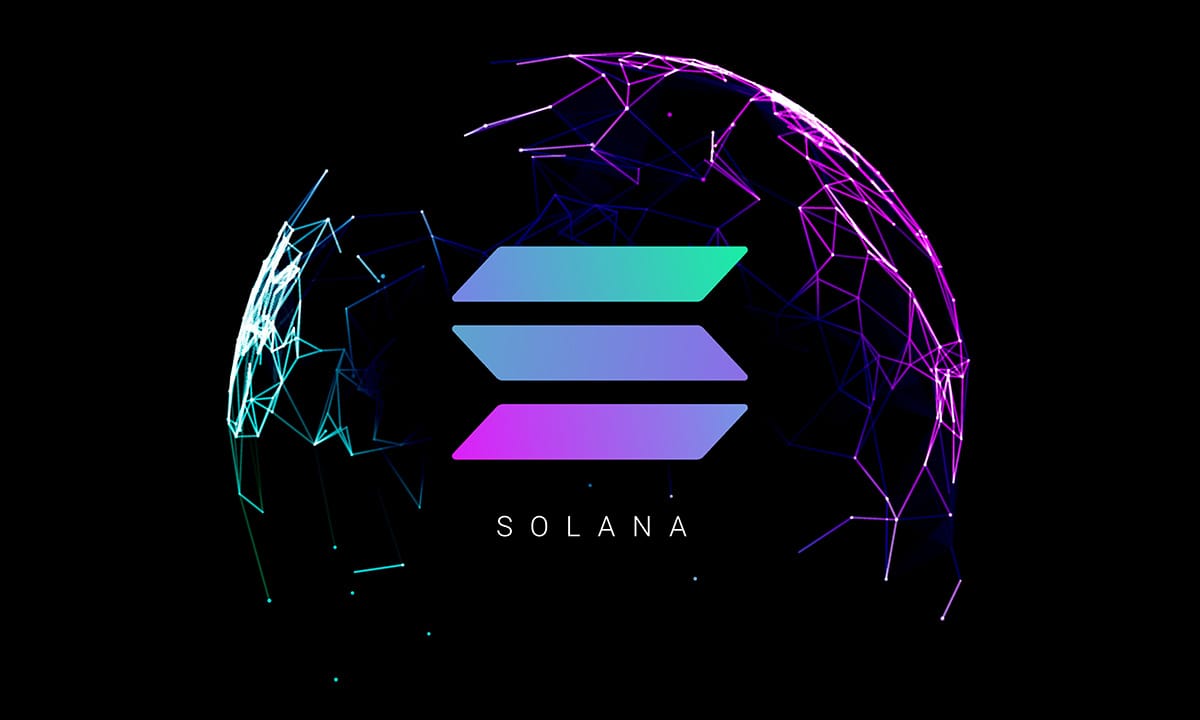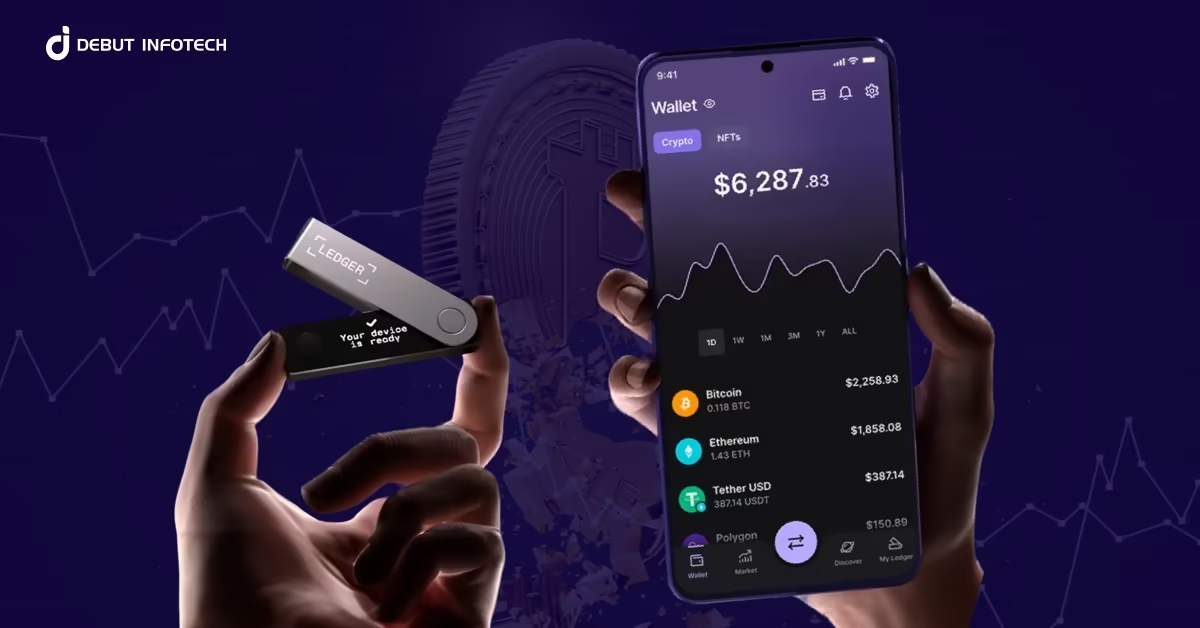Staking Solana (SOL) in 2025 is an accessible and rewarding way for both beginners and seasoned crypto users to earn passive income while supporting the network’s security and governance. With no minimum staking amount and an expanding ecosystem of user-friendly wallets and staking platforms, anyone can start earning with SOL in just a few clicks.
What Is Solana Staking?
Staking on the Solana blockchain involves locking SOL tokens in a crypto wallet to support the network’s operations — such as transaction validation and governance voting — in exchange for staking rewards. SOL uses a unique combination of proof-of-stake (PoS) and proof-of-history (PoH) consensus mechanisms, enabling high-speed, low-cost transactions and rewarding active network participants.
Rewards typically depend on how much SOL you stake, the validator you choose, and the network’s inflation rate. Payouts occur every two days, known as an “epoch.”
Also read: How to Read Bitcoin Candlestick Charts: Beginner’s Guide for Smarter Trading
Choosing Between Native and Liquid Staking
Solana users have two main staking options: native staking and liquid staking.
- Native staking locks your SOL, making it unavailable until you unstake it — perfect for beginners seeking simplicity and security.
- Liquid staking allows you to receive liquid staking tokens (LSTs), like JitoSOL, which can be used in decentralized finance (DeFi) apps, providing flexibility and ongoing liquidity.
Choosing the right method depends on your individual investment goals and comfort with DeFi tools.
How to Stake SOL Using Phantom Wallet
To begin staking, first download and set up a compatible wallet such as Phantom Wallet. Fund it with SOL either by purchasing via integrated services or transferring from another wallet. Then:
- Open your wallet and select “Solana.”
- Click “Start earning SOL.”
- Choose between native or liquid staking.
- If native staking, select a validator and stake your SOL.
- If liquid staking, use an integrated service like Jito to receive LSTs.
You can start staking with as little as 0.01 SOL, making it one of the most accessible proof-of-stake networks.
Is Staking SOL Safe?
While staking SOL is generally considered safe, investors should be aware of potential risks:
- Market volatility can affect the value of your SOL.
- Validator misbehavior can lead to reduced rewards via slashing.
- Cyberthreats remain a constant risk for any blockchain network.
- Network outages have previously impacted Solana, though user funds were not directly lost.
Proper due diligence — including selecting reputable validators and securing your wallet — helps mitigate many of these risks.




